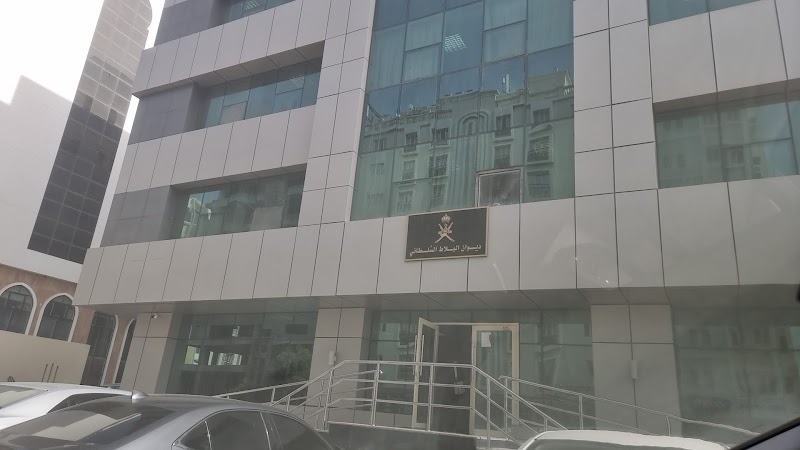Sultan Qaboos bin Said Al Said assumed the throne on July 23, 1970, after deposing his father, Sultan Said bin Taimur, in a bloodless palace coup. Later, he changed the country’s name from the Sultanate of Muscat and Oman to the Sultanate of Oman.
.
Sultan Qaboos was born in Salalah, Oman, on November 18, 1940. He was the only male child of Sultan Said bin Taimur and his wife, Mazoon al-Mashani. Qaboos received his early education at a private school in Salalah before going to England to study at Thetford Grammar School in Norfolk and Sandhurst Military Academy in Hampshire. After graduating from Sandhurst, Qaboos returned to Oman and joined the Sultan’s Armed Forces.
In 1965, Qaboos was appointed Deputy Prime Minister and Minister of Defense. In this role, he played a key role in modernizing the Sultan’s Armed Forces and in suppressing a rebellion in the Dhofar region of Oman.
In 1970, Qaboos deposed his father and became Sultan of Oman. He immediately began a program of modernization and reform, which included the abolition of slavery, the introduction of a new constitution, and the establishment of a modern educational system. Qaboos also pursued a policy of economic diversification, which helped to reduce Oman’s dependence on oil revenues.
Under Sultan Qaboos’s rule, Oman became a prosperous and stable country. He was widely respected for his leadership, and he played a key role in regional and international affairs. Sultan Qaboos died on January 10, 2020, at the age of 79. He was succeeded by his cousin, Haitham bin Tariq Al Said.
Achievements:
- Modernized the country’s infrastructure, including its roads, ports, and airports.
- Expanded access to education and healthcare.
- Diversified the economy, reducing Oman’s dependence on oil revenues.
- Promoted peace and stability in the region.
- Mediated conflicts between other countries.
- Established Oman as a leading voice for moderation and tolerance.
Legacy:
- Sultan Qaboos is considered one of the most successful leaders in the Middle East.
- He transformed Oman from a poor and isolated country into a prosperous and stable nation.
- He was a strong advocate for peace and stability in the region.
- He was respected by leaders around the world.
- He is remembered as a wise and benevolent ruler.
Popular:
- Sultan Qaboos was very popular with the Omani people.
- He was seen as a father figure who cared for his people.
- He was often seen out and about, meeting with his people and listening to their concerns.
- He was known for his generosity and his sense of humor.
- He was a beloved leader who will be long remembered by the Omani people.
Emblem of Oman
To enrich your insights into presidential figures worldwide, also explore some prominent first presidents from other countries, such as Norway, North Macedonia and Nigeria. Delving into the leadership journeys of these figures can offer valuable perspectives on their historical significance and pivotal roles in shaping global politics.
The official residence and symbol of the Oman President
10 Iconic Presidents Who Shaped Oman’s History

Oman, officially called the Sultanate of Oman, has had several influential presidents who have shaped the nation’s history and made a significant impact on its development. Here are ten of the most popular presidents from Oman:
- Sultan Qaboos bin Said al Said: As Oman’s longest-serving leader, Sultan Qaboos played a pivotal role in modernizing the country. He focused on infrastructure development, education, and healthcare, transforming Oman into a prosperous nation.
- Sultan Taimur bin Faisal al Said: Sultan Taimur is credited with establishing Oman as a modern Arab state. He implemented significant reforms and laid the foundation for Oman’s economic growth.
- Sultan Said bin Taimur al Said: Sultan Said led Oman during a period of rapid modernization. He introduced key infrastructure projects and focused on economic diversification, leading to Oman’s emergence as a major player in the region.
- Sultan Turki bin Said al Said: Sultan Turki spearheaded Oman’s transformation into a regional economic hub. He promoted foreign investment, developed free trade zones, and implemented policies to attract international businesses.
- Sultan Qaboos bin Said al Said II: Sultan Qaboos II continued his father’s legacy of modernization and development. He emphasized diversification of Oman’s economy, particularly in sectors like tourism, manufacturing, and renewable energy.
- Sultan Taimur bin Qaboos al Said: Sultan Taimur focused on improving governance and transparency in Oman. He implemented several initiatives to combat corruption and promote good governance practices.
- Sultan Hameed bin Sultan al Said: Sultan Hameed introduced several social reforms in Oman, aiming to improve the lives of citizens. He prioritized education, healthcare, and women’s empowerment.
- Sultan Qaboos bin Taimur al Said: Sultan Qaboos II was known for his strong leadership and visionary approach. He implemented various socio-economic reforms and initiated policies to promote sustainable development.
- Sultan Haitham bin Tareq al Said: As Oman’s current ruler, Sultan Haitham has introduced initiatives to boost economic diversification and reduce Oman’s dependence on oil. He has also prioritized social development and welfare programs for the population.
- Sultan Tariq bin Shabib al Said: Sultan Tariq has focused on strengthening Oman’s ties with other nations and promoting diplomatic relations. He has played a crucial role in enhancing Oman’s international standing.
These ten presidents have contributed significantly to Oman’s growth and development. Through their progressive policies and strategic initiatives, they have transformed Oman into a thriving nation and positioned it as a key player in the region.

